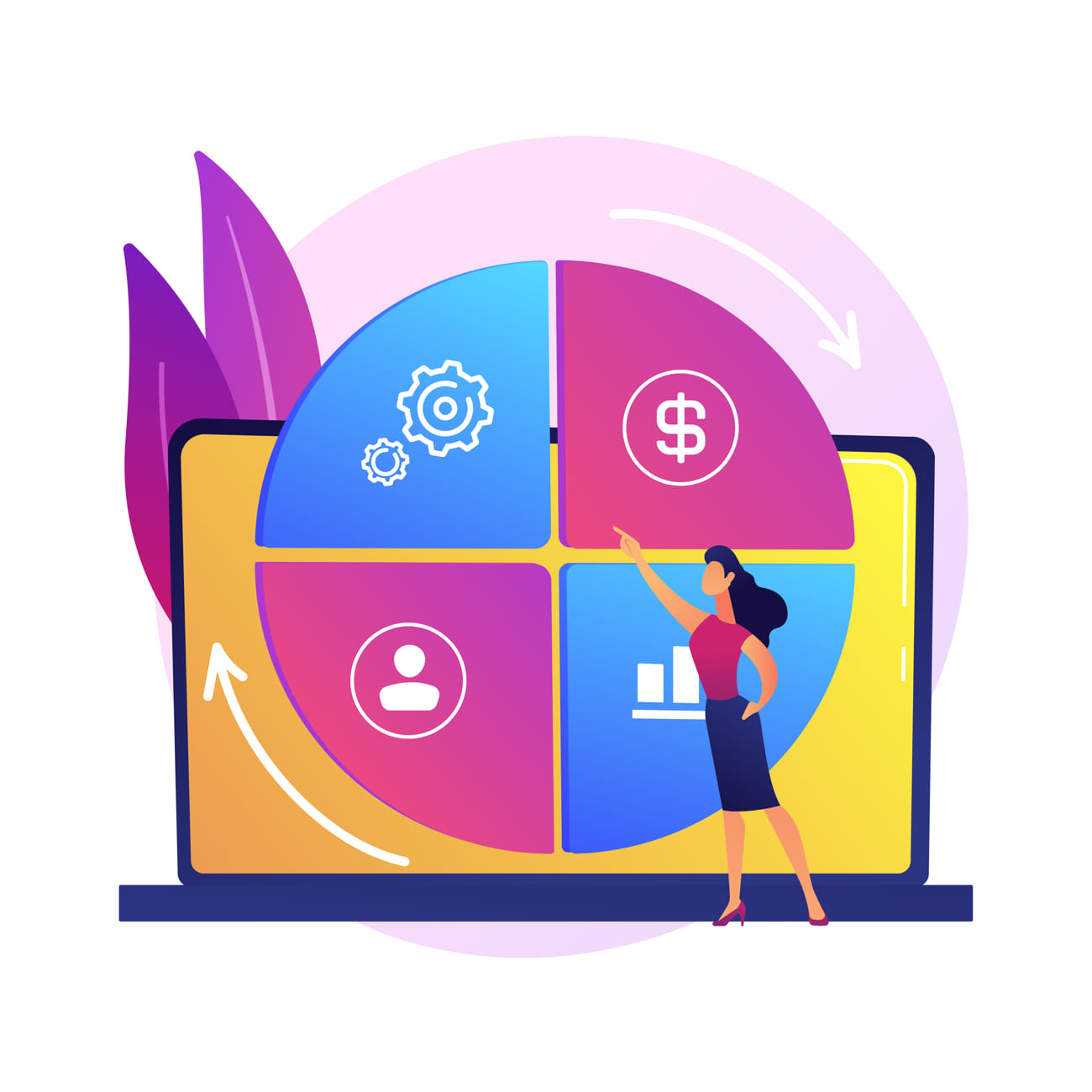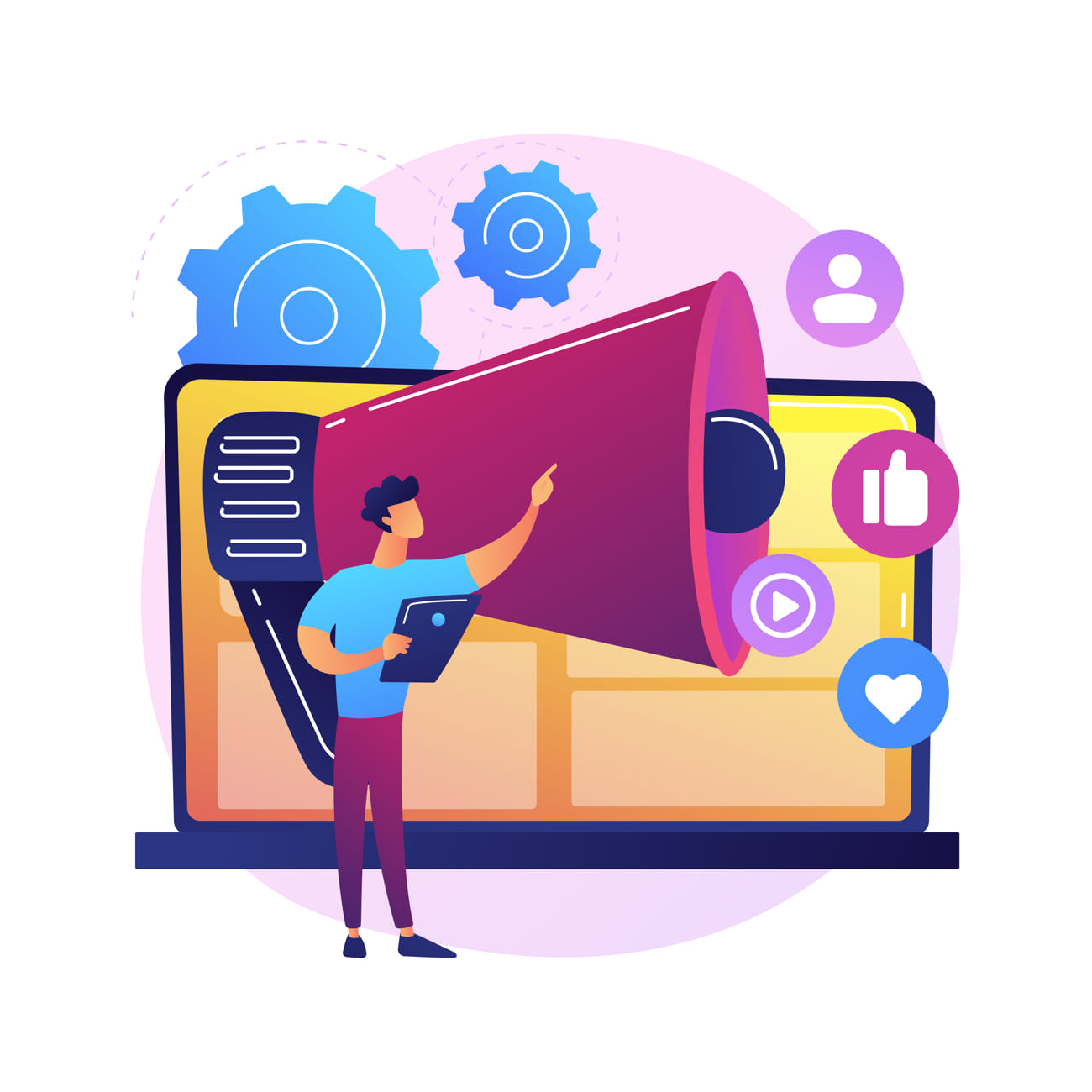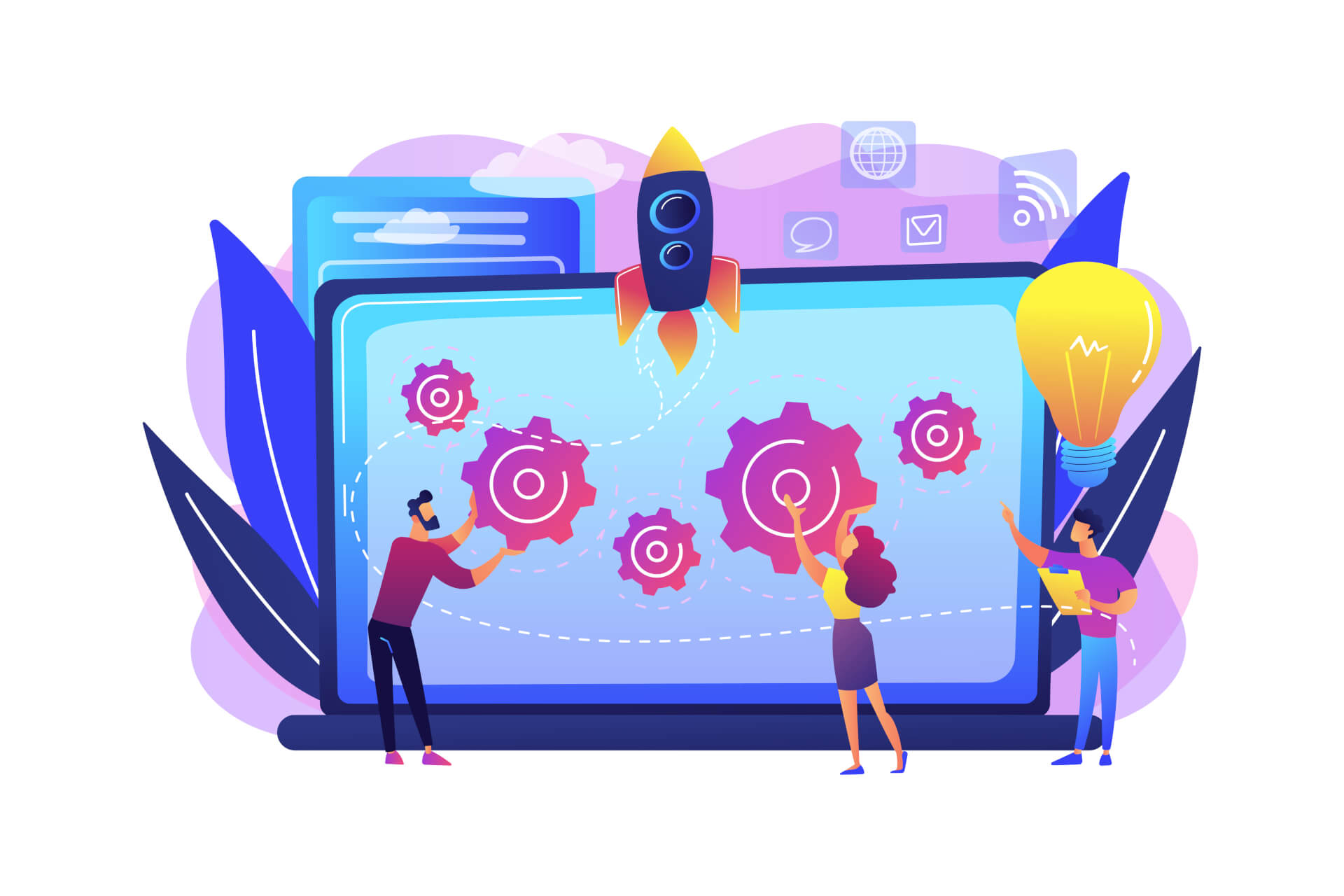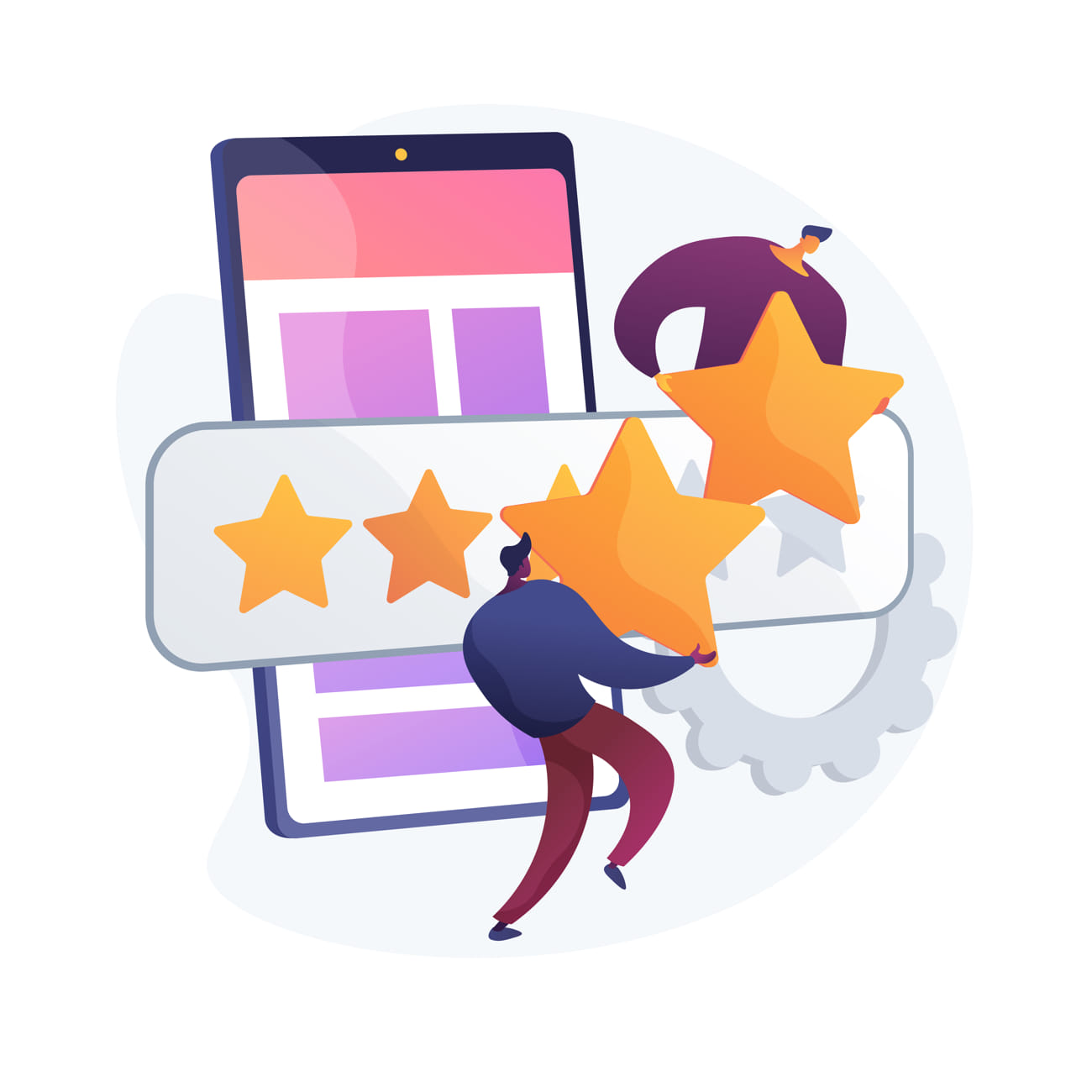The customer lifecycle and associated lifecycle emails are an important part of designing, developing, and strengthening the relationship between your company and your customers.
When used properly, lifecycle email can help you build a closer connection between your customers and your product. This improves customer loyalty and increases Customer Lifetime Value (CLV).
The reason these type of e-mails are called “lifecycle e-mails” instead of simply “e-mails” is because they are designed and engineered to have a specific goal to reach at a specific point in the customer lifecycle.
For example, a welcome e-mail aims to greet and engage a new customer. This is an attempt to reduce short-term product abandonments due to insecure customers or false registrations. An email sent when a user on the trial plan becomes a paying customer shows that you are there for them and appreciate their business. This strengthens the relationship between your company and your customers.
The Net Promoter Score® is specifically designed to collect actionable feedback and as such is a great tool to implement in your lifecycle emails.
 Below we introduce various techniques you can use to insert NPS surveys into the emails sent to your customers for complex insights. From the onboarding process to the features, ease of use and value of your product, you can incorporate the NPS survey at any point.
Below we introduce various techniques you can use to insert NPS surveys into the emails sent to your customers for complex insights. From the onboarding process to the features, ease of use and value of your product, you can incorporate the NPS survey at any point.
Table of Contents
Include NPS surveys of key events in the customer lifecycle
 There are several key events in the customer experience, also known as the customer journey, each of which has a different meaning to your business.
There are several key events in the customer experience, also known as the customer journey, each of which has a different meaning to your business.
Some analysts refer to these as the individual "phases" of the customer lifecycle - a description that is perfectly accurate. From the perspective of a results- and feedback-oriented marketer, however, it can be easier to focus on specific events rather than specific phases.
1 - Discovery
The first event in the customer lifecycle is discovery. In other words, the moment when a customer recognizes a need and starts looking for a solution. For example, a customer discovers your product through organic or paid search, advertising or a recommendation from someone else.
At this point, you could interview website users who have not become customers, but it's best to separate that feedback from feedback from paying customers. Whether and how you should survey website visitors, is covered in our article: Net Promoter Score for Website Visitors: Is It Worth It?
2 - Evaluation
The second event in the customer lifecycle is assessment. At that point, a customer found your website and came across your product. He has decided that it might be the product he needs, but is not yet sufficiently informed to make a purchase decision.
For a SaaS product, the event that defines the “evaluation phase” is when a user signs up for your free trial and tries your product over the course of a week, two weeks, or a month.
This is the first major event in the customer lifecycle where NPS is beneficial to learn more about your customers. If a user of the free version becomes a paying customer after the trial period, you can use an NPS survey to find out more about how likely they are to renew their subscription or what was decisive for his purchase.
3 - Purchase
Likewise, if a user of the free trial doesn't become a paying customer, you can send out an NPS survey to find out why your product or service failed to meet their needs. These surveys can often provide the most actionable and valuable feedback on how to improve your product.
Because new customers are often the most excited about your product, sending a post-purchase survey is often the best way to get actionable feedback on the key factors that drove them to become a paying customer.
In fact, this event can be a great trigger to kick off your NPS process with a new customer. We usually recommend waiting 7-30 days after the switch to start surveying customers as this will allow you to get in touch with them while the buying experience is fresh.
Product experience (relationship building)
 Another important event in the customer lifecycle is product engagement - the experience of actually using your product. When you sell a SaaS product for business, your customers might use your product on a daily basis. This means that it is not a one-time event, but an ongoing process.
Another important event in the customer lifecycle is product engagement - the experience of actually using your product. When you sell a SaaS product for business, your customers might use your product on a daily basis. This means that it is not a one-time event, but an ongoing process.
Email marketing professionals refer to this phase of the customer lifecycle as the "relationship building" phase. This is usually the case when, after your purchase, you send out follow-up emails, newsletters, and other informational content aimed at building a relationship with your customers.
From an NPS perspective, the best way to ask your customers about relationship building is to be consistent but not annoying. Don't send out an NPS survey with every newsletter or follow-up after your purchase - every 60 to 90 days is good general practice.
This way you can keep track of customer sentiment and satisfaction as they get to know your product better and better. You will also be able to identify and respond to negative feedback from critics by offering solutions to limit churn.
Representation of interests (advocacy)
 The last phase in the customer lifecycle is advocacy. At this point, the focus of email marketing shifts from focusing on onboarding and building a relationship to developing new opportunities for existing customers to help you grow your business.
The last phase in the customer lifecycle is advocacy. At this point, the focus of email marketing shifts from focusing on onboarding and building a relationship to developing new opportunities for existing customers to help you grow your business.
In this phase of the customer lifecycle, conventional emails and NPS survey emails become more closely linked. After all, NPS is based on one question that is the primary goal of any advocacy email: recommending your product or service to other people.
This makes it easy to integrate NPS surveys into your advocacy emails. For example, try segmenting your promoters into a separate survey and creating an advocacy campaign specifically aimed at the people who are most likely to recommend your product or service to others.
Remember, interviewing your customers is still important even as they move into the advocacy phase of the customer lifecycle. A survey (either integrated into an existing email or sent individually) every 90 days will help you gain insights while getting an accurate score.
Other tactics to incorporate NPS into your email marketing
Used successfully, Net Promoter Score surveys can both improve and complement your existing email marketing. In addition to the techniques listed above, you can also use the following tactics to incorporate NPS into your customer lifecycle email content:
- Send one-time NPS emails for major product announcements, updates, and new features to quickly and accurately measure customer sentiment.
- Use NPS surveys to learn more when customers reply directly to your lifecycle emails with their thoughts, opinions, and ideas.
- Send NPS surveys when customers become inactive to learn more about what is holding them back from using your product.
Because the NPS is built around such a simple survey, it's an incredibly flexible system that you can use it in a variety of situations. From onboarding emails to announcements, NPS has a place in almost every part of the email process of the customer lifecycle.
Send out NPS surveys and calculate your Company NPS with Callexa.
Callexa makes it easy for you to send Net Promoter Score surveys to your customers so you can read, analyze and act on customer feedback. That will help you increase retention and build a bigger, more profitable business.
Get started right away by trying out Callexa with our free starter tariff.

Recommended reading: If this article helped you and you would like to learn more about the role of NPS in shaping the customer experience, continue reading here: "The role of NPS in customer experience (CX)"